When Roses Begin To Age
mendocino_rose
16 years ago
Featured Answer
Sort by:Oldest
Comments (28)
anntn6b
16 years agolori_elf z6b MD
16 years agoRelated Professionals
Salem Landscape Architects & Landscape Designers · Summit Landscape Architects & Landscape Designers · Walnut Landscape Architects & Landscape Designers · Wilmington Landscape Contractors · Bedford Landscape Contractors · Bell Gardens Landscape Contractors · Blue Springs Landscape Contractors · El Mirage Landscape Contractors · Lemont Landscape Contractors · Mastic Beach Landscape Contractors · Monterey Landscape Contractors · Oxnard Landscape Contractors · Tinton Falls Landscape Contractors · Whitehall Landscape Contractors · Selma Landscape Contractorsgreenrose
16 years agoMaureen Janda
16 years agoMaryl (Okla. Zone 7a)
16 years agoreg_pnw7
16 years agojerijen
16 years agoberndoodle
16 years agojon_in_wessex
16 years agoSusan Serra
16 years agoanntn6b
16 years agosammy zone 7 Tulsa
16 years agoMaryl (Okla. Zone 7a)
16 years agoroyalpaulm
16 years agomendocino_rose
16 years agoSusan Serra
16 years agomad_gallica (z5 Eastern NY)
16 years agokittymoonbeam
16 years agoSusan Serra
16 years agoanntn6b
16 years agoSusan Serra
16 years agoharryshoe zone6 eastern Pennsylvania
16 years agoNoni Morrison
16 years agodimitrig
16 years agoSusan Serra
16 years agomendocino_rose
12 years agosherryocala
12 years ago
Related Stories

TASTEMAKERSWorld of Design: Where Color Trends Begin
Colors go in and out of vogue. Here’s how they make their way into our home decor
Full Story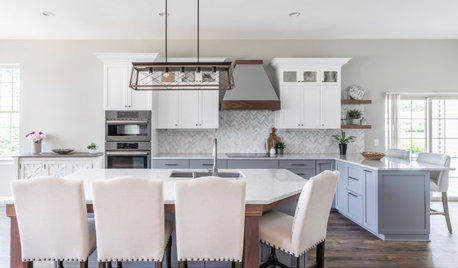
KITCHEN DESIGN10 Ways to Design a Kitchen for Aging in Place
Design choices that prevent stooping, reaching and falling help keep the space safe and accessible as you get older
Full Story
MODERN STYLEOut-of-This-World Decorating: Space Age Style for Today
Set starbursts and more around your personal universe for a look alight with imagination
Full Story
UNIVERSAL DESIGN12 Must-Haves for Aging in Place
Design a home that will continue to be accessible, safe and stylish as the years go by
Full Story
CONTRACTOR TIPSBuilding Permits: When a Permit Is Required and When It's Not
In this article, the first in a series exploring permit processes and requirements, learn why and when you might need one
Full Story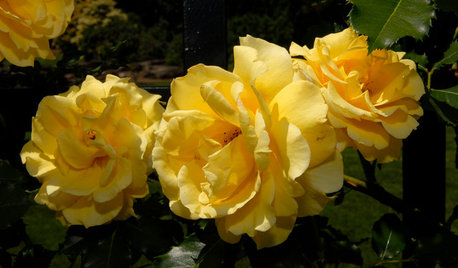
GARDENING GUIDES5 Favorite Yellow Roses for a Joyful Garden
Make 'cheery' the name of your garden game when you order your roses sunny side up
Full Story
KITCHEN DESIGN9 Questions to Ask When Planning a Kitchen Pantry
Avoid blunders and get the storage space and layout you need by asking these questions before you begin
Full Story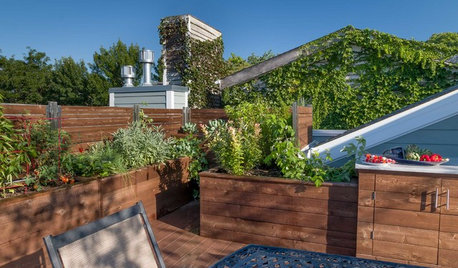
GARDENING GUIDES10 Tips for Beginning Gardeners
With a simple sketch, basic tools and the right plants, you’ll be on your way to growing your first flowers or edibles
Full Story
LIFEThank U 4 the Gr8 Gift: How to Send Thanks in the Digital Age
We click open invitations and RSVP via text, but a handwritten thank-you is sometimes still best. Here's how to tell
Full Story








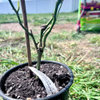
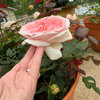
berndoodle